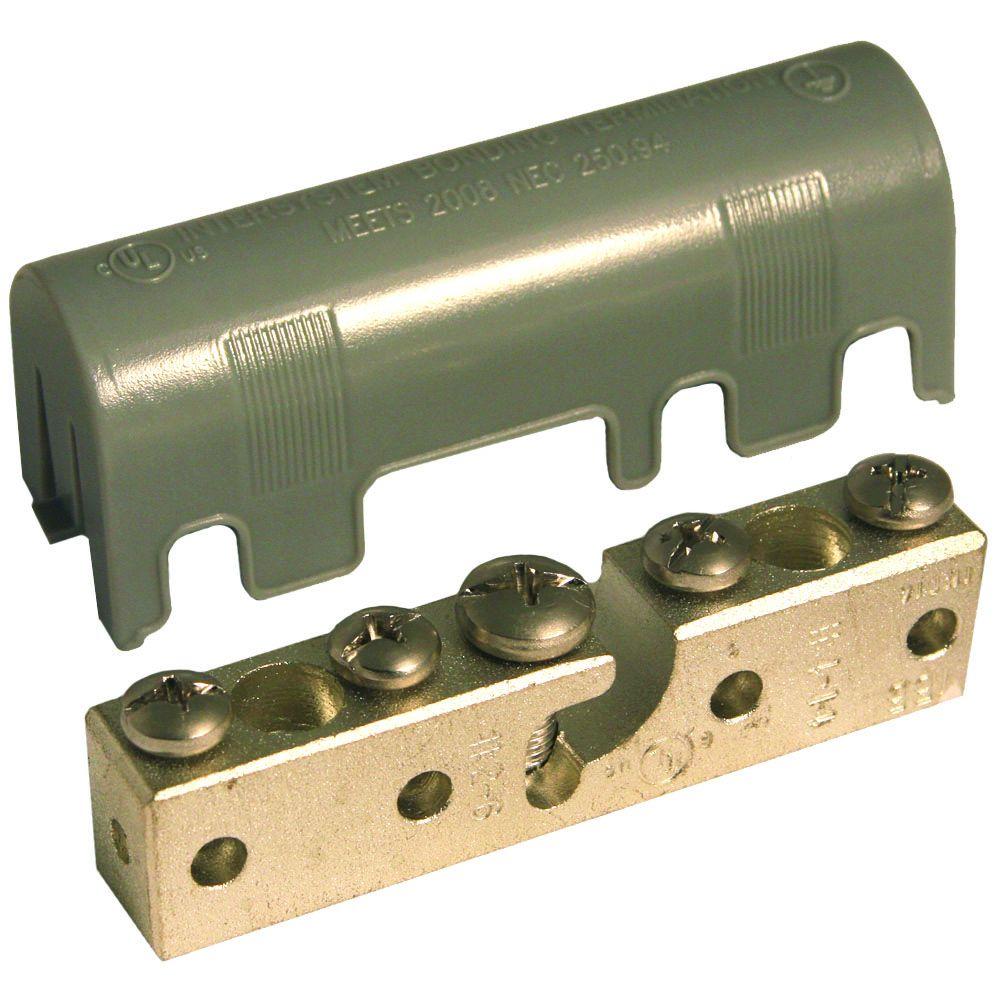

Solid wires twisted together or groups of twisted solid wires which are then twisted together. There are other additional types not listed. Oils: describes a variety of greasy fluid substances that are typically viscous liquids at room temperature, less dense than water, insoluble in water but soluble in alcohol and usually flammable the wide range of compositions make generalizations not useful, but they can be grouped groupings would be petroleum/hydrocarbons, fats/oils, and volatile oils petroleum/hydrocarbons are used as fuels, solvents, and lubricants fats/oils are used in soaps, lubricants. Aromatic hydrocarbons: organic compounds that contain at least one ring of six carbon atoms, each joined to at least two other carbon atoms typical compounds are toluene, xylene, phenol, benzene, and styrene found in enamel paints, paint strippers, some lacquer coatings, in gaseoline, in engine cleaners, in styrenic plastics, phenolic resins, creosol perservatives and some pesticides. Alkalis: hydroxides of an alkali metal (lithium, sodium, potassium, rubidium, cesium, francium, beryllium, magnesium, calcium, strontium, barium, radium) easily soluble in water and form basic solutions, neutralizes acids, forming salts and water typical alkalis are sodium hydroxide, sodium bicarbonate, calcium hydroxide and calcium carbonate. Aliphatic hydrocarbons organic compounds whose carbon atoms are joined in straight or branched chains instead of rings typical compoiuns are mineral spirits, paint thinner, petroleum distillate, and cyclohexane found in oil and alkyd based coatings, pesticides, furniture oils, cleaners and som cosmetics. Alchols: organic compounds with the general formula R-OH, in which R represents an alkyl group and -OH represents one or more hudroxl groups typical compounds are methanol, ethanol, glycols and isopropanol used in antiseptics, cough syrups, medications, cleaners, coating, shellac, dyes, inks, fuel additives, cosmetics, perfumes and as base materials for plasticizers synthetic lubricants. Six basic types of chemicals are: Acid: can be organic or inorganic have a tendency to dissociate in water to partially or completely ionized in solution typical organic acids are citric acid, carbonic acid, hydrogen cyanide, lactic acid and salicylic acid typical inorganic acids are sulfuric acid, phosphoric acid, nitric acid, hydrogen sulfide and hydrocholir acid. Exposure can range from immersion to occasional contact. The ability of the insulation to withstand exposure to and resist damage by chemicals and substances. Syringes, Tips, Pistons and Barrels, Plunger.These are readily available for RV or automotive use. So I would be thrilled to hear that the cable actually goes from the switch to a low voltage power supply in the 12-24V range, which then powers 12-24V LED lights at the pole. Right?īecause these defects would not be of concern if this circuit were less than 30 volts and less than 55 watts. This would be a hot mess if it were mains wiring. Rigid conduit requires only 6".ĭirect burial splices are not allowed except with certain splice kits designed specifically for that.

But that is not a standard and has no force of lawĬopper is not a legal conduit wiring method, so it is irrelevant and it counts as direct burial.ĭirect burial requires 24" burial depth. Several vendors are choosing to use white for NM 14, yellow for NM 12, orange for NM 10 and gray for UF of any size. UF is rated for all three.įor direct burial rating, what matters is the lettering on the cable, not the color. It is not rated for outdoor, wet locations nor direct burial. What you call "Romex" is actually NM cable.


 0 kommentar(er)
0 kommentar(er)
